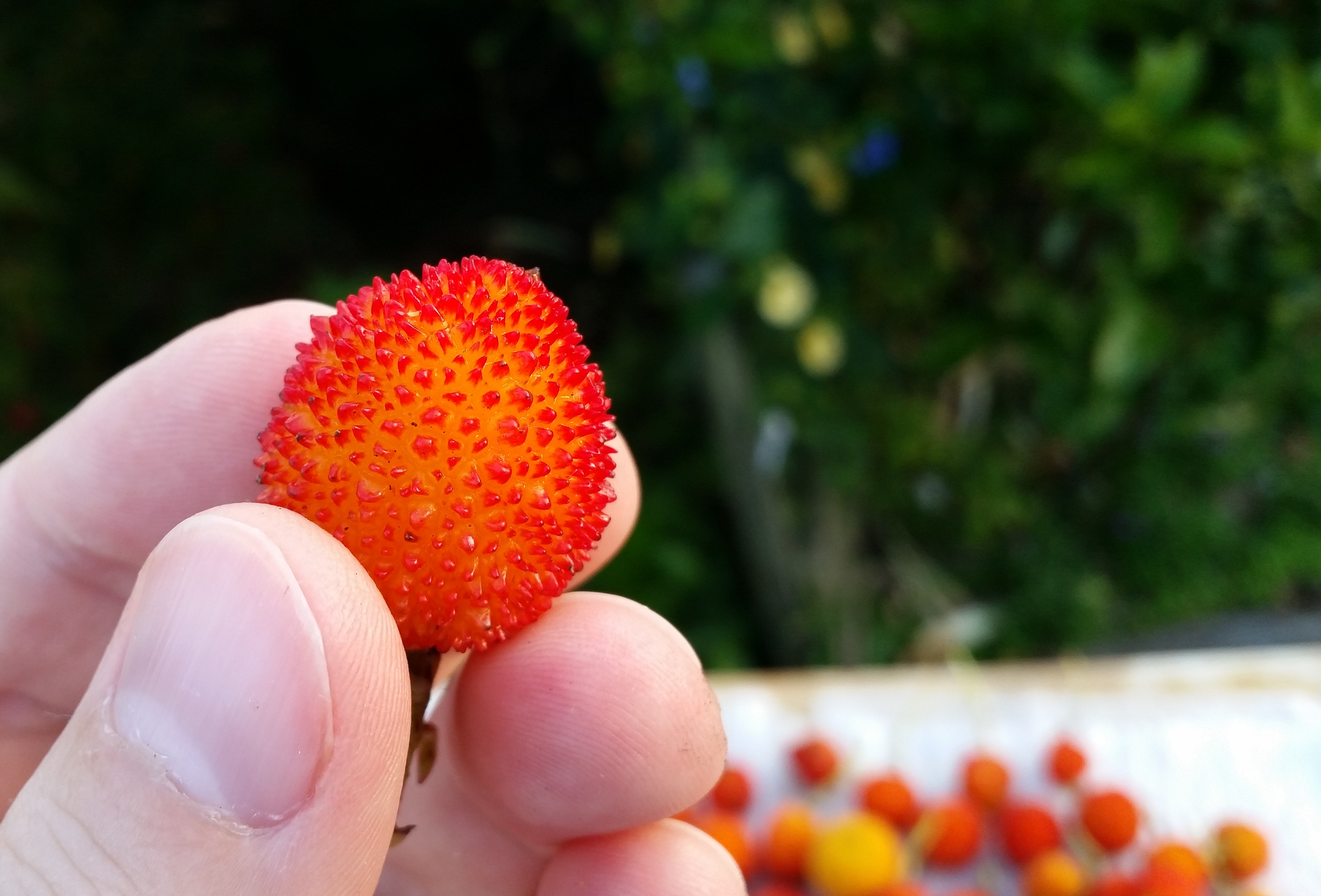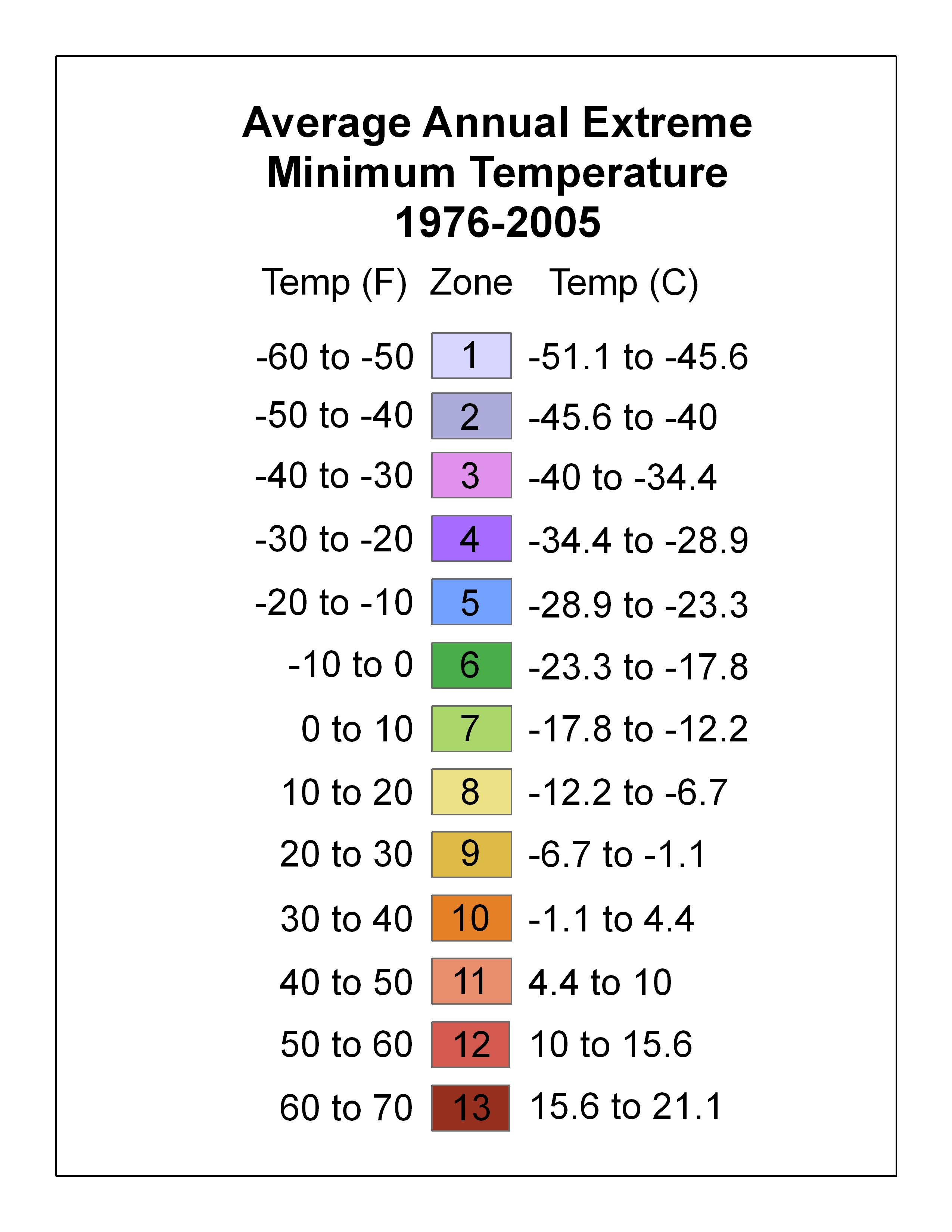|
Arbutus Unedo
''Arbutus unedo'', commonly known as strawberry tree, also called madrone, is an evergreen shrub or small tree in the family Ericaceae, native to the Mediterranean Basin and Western Europe. The tree is well known for its fruits, the arbutus berry, which bear some resemblance to the strawberry, hence the common name strawberry tree. However, it is not closely related to true strawberry, strawberries of the genus ''Fragaria''. Its presence in Ireland also lends it the name "Irish strawberry tree", or cain, or cane apple (from the Irish name for the tree, ''caithne''), or sometimes "Killarney strawberry tree". The strawberry tree is the national tree of Italy because of its green leaves, its white flowers and its red berries, colors that recall the Italian flag. The flower of the strawberry tree is the national flower of Italy. Taxonomy ''Arbutus unedo'' was one of the many species described by Carl Linnaeus in Volume One of his landmark 1753 work ''Species Plantarum'', giving it t ... [...More Info...] [...Related Items...] OR: [Wikipedia] [Google] [Baidu] |
Carl Linnaeus
Carl Linnaeus (23 May 1707 – 10 January 1778), also known after ennoblement in 1761 as Carl von Linné,#Blunt, Blunt (2004), p. 171. was a Swedish biologist and physician who formalised binomial nomenclature, the modern system of naming organisms. He is known as the "father of modern Taxonomy (biology), taxonomy". Many of his writings were in Latin; his name is rendered in Latin as and, after his 1761 ennoblement, as . Linnaeus was the son of a curate and was born in Råshult, in the countryside of Småland, southern Sweden. He received most of his higher education at Uppsala University and began giving lectures in botany there in 1730. He lived abroad between 1735 and 1738, where he studied and also published the first edition of his ' in the Netherlands. He then returned to Sweden where he became professor of medicine and botany at Uppsala. In the 1740s, he was sent on several journeys through Sweden to find and classify plants and animals. In the 1750s and 1760s, he co ... [...More Info...] [...Related Items...] OR: [Wikipedia] [Google] [Baidu] |
Arbutus Canariensis
''Arbutus canariensis'', known in Spanish as ''madroño canario'', is a species of shrub or tree in the Ericaceae, heath family. It is Endemism, endemic to the Canary Islands of Spain, specifically Tenerife, La Gomera, Gran Canaria, El Hierro, and La Palma. It is threatened by habitat loss. Hybrids ''Arbutus'' x ''thuretiana'' Demoly is a hybrid between ''A. canariensis'' and ''Arbutus andrachne, A. andrachne''. Named after Gustave Thuret, it is naturalised at Jardin botanique de la Villa Thuret. ''A.'' x ''thuretiana'' is renowned for its perfectly smooth, reddish-brown bark, exfoliating in the spring to show a new, surprisingly pistachio-green bark, which gradually darkens and turns reddish again. Gallery File:Arbutus canariensis (Jardín Botánico Canario Viera y Clavijo).jpg, Foliage File:Arbutus canariensis kz7.JPG, Flowers File:Arbutus canariensis kz03.jpg, Fruits File:Arbutus canariensis kz4.JPG, Bark File:Arbutus x thuretiana2-Clapiers-7636~2020 03 23.jpg, Flowers of th ... [...More Info...] [...Related Items...] OR: [Wikipedia] [Google] [Baidu] |
Sphere
A sphere (from Ancient Greek, Greek , ) is a surface (mathematics), surface analogous to the circle, a curve. In solid geometry, a sphere is the Locus (mathematics), set of points that are all at the same distance from a given point in three-dimensional space.. That given point is the center (geometry), ''center'' of the sphere, and the distance is the sphere's ''radius''. The earliest known mentions of spheres appear in the work of the Greek mathematics, ancient Greek mathematicians. The sphere is a fundamental surface in many fields of mathematics. Spheres and nearly-spherical shapes also appear in nature and industry. Bubble (physics), Bubbles such as soap bubbles take a spherical shape in equilibrium. The Earth is spherical Earth, often approximated as a sphere in geography, and the celestial sphere is an important concept in astronomy. Manufactured items including pressure vessels and most curved mirrors and lenses are based on spheres. Spheres rolling, roll smoothly in ... [...More Info...] [...Related Items...] OR: [Wikipedia] [Google] [Baidu] |
Desiccation
Desiccation is the state of extreme dryness, or the process of extreme drying. A desiccant is a hygroscopic (attracts and holds water) substance that induces or sustains such a state in its local vicinity in a moderately sealed container. The word desiccation comes . Industry Desiccation is widely employed in the oil and gas industry. These materials are obtained in a hydrated state, but the water content leads to corrosion or is incompatible with downstream processing. Removal of water is achieved by cryogenics, cryogenic condensation, absorption into glycols, and absorption onto desiccants such as silica gel. Laboratory A desiccator is a heavy glass or plastic container, now somewhat antiquated, used in practical chemistry for drying or keeping small amounts of materials very dry. The material is placed on a shelf, and a drying agent or ''desiccant'', such as dry silica gel or anhydrous sodium hydroxide, is placed below the shelf. Often some sort of humidity indicator is ... [...More Info...] [...Related Items...] OR: [Wikipedia] [Google] [Baidu] |
Plant Sexuality
Plant reproductive morphology is the study of the physical form and structure (the morphology) of those parts of plants directly or indirectly concerned with sexual reproduction. Among all living organisms, flowers, which are the reproductive structures of angiosperms, are the most varied physically and show a correspondingly great diversity in methods of reproduction. Plants that are not flowering plants ( green algae, mosses, liverworts, hornworts, ferns and gymnosperms such as conifers) also have complex interplays between morphological adaptation and environmental factors in their sexual reproduction. The breeding system, or how the sperm from one plant fertilizes the ovum of another, depends on the reproductive morphology, and is the single most important determinant of the genetic structure of nonclonal plant populations. Christian Konrad Sprengel (1793) studied the reproduction of flowering plants and for the first time it was understood that the pollination pr ... [...More Info...] [...Related Items...] OR: [Wikipedia] [Google] [Baidu] |
Serrulate
The following terms are used to describe leaf morphology in the description and taxonomy of plants. Leaves may be simple (that is, the leaf blade or 'lamina' is undivided) or compound (that is, the leaf blade is divided into two or more leaflets). The edge of the leaf may be regular or irregular, and may be smooth or have hair, bristles, or spines. For more terms describing other aspects of leaves besides their overall morphology see the leaf article. The terms listed here all are supported by technical and professional usage, but they cannot be represented as mandatory or undebatable; readers must use their judgement. Authors often use terms arbitrarily, or coin them to taste, possibly in ignorance of established terms, and it is not always clear whether because of ignorance, or personal preference, or because usages change with time or context, or because of variation between specimens, even specimens from the same plant. For example, whether to call leaves on the same tree "acu ... [...More Info...] [...Related Items...] OR: [Wikipedia] [Google] [Baidu] |
Lauraceae
Lauraceae, or the laurels, is a plant Family (biology), family that includes the bay laurel, true laurel and its closest relatives. This family comprises about 2850 known species in about 45 genus (biology), genera worldwide. They are dicotyledons, and occur mainly in warm temperate and tropical regions, especially Southeast Asia and South America. Many are aromatic evergreen trees or shrubs, but some, such as ''Sassafras'', are deciduous, or include both deciduous and evergreen trees and shrubs, especially in tropical and temperate climates. The genus ''Cassytha'' is unique in the Lauraceae in that its members are parasite, parasitic vines. Most laurels are highly poisonous. Overview The family has a worldwide distribution in tropical and warm climates. The Lauraceae are important components of tropical forests ranging from low-lying to Montane forest, montane. In several forested regions, Lauraceae are among the top five families in terms of the number of species present. T ... [...More Info...] [...Related Items...] OR: [Wikipedia] [Google] [Baidu] |
Hardiness Zone
A hardiness zone is a geographic area defined as having a certain average annual minimum temperature, a factor relevant to the survival of many plants. In some systems other statistics are included in the calculations. The original and most widely used system, developed by the United States Department of Agriculture (USDA) as a rough guide for landscaping and gardening, defines 13 zones by long-term average annual extreme minimum temperatures. It has been adapted by and to other countries (such as Canada) in various forms. A plant may be described as "hardy to zone 10": this means that the plant can withstand a minimum temperature of . Unless otherwise specified, in American contexts "hardiness zone" or simply "zone" usually refers to the USDA scale. However, some confusion can exist in discussing buildings and HVAC, where "climate zone" can refer to the International Energy Conservation Code zones, where Zone 1 is warm and Zone 8 is cold. Other hardiness rating schemes have been ... [...More Info...] [...Related Items...] OR: [Wikipedia] [Google] [Baidu] |
Flora Iberica
''Flora Iberica: Plantas vasculares de la Península Ibérica e Islas Baleares'' ("Vascular plants of the Iberian Peninsula and Balearic Islands") is a Spanish book series containing identification keys, descriptions, and illustrations of pteridophytes, gymnosperms, and angiosperms of Spain and Portugal (excluding Atlantic islands). It is published by the Real Jardín Botánico de Madrid. The first volume appeared in 1980. As of 2021, 21 volumes have been published. An abridged version, entitled ''Claves de Flora ibérica'' ("Keys for the Iberian Flora"), started being published in 2001. Publications * Volume 1. ''Lycopodiaceae-Papaveraceae'' * Volume 2. ''Platanaceae-Plumbaginaceae'' (partim) * Volume 3. ''Plumbaginaceae'' (partim)-''Capparaceae'' * Volume 4. '' Cruciferae- Monotropaceae'' * Volume 5. '' Ebenaceae-Saxifragaceae'' * Volume 6. ''Rosaceae'' * Volume 7(1). ''Leguminosae'' (partim) * Volume 7(2). ''Leguminosae'' (partim) * Volume 8. ''Haloragaceae-Euphorbiaceae'' ... [...More Info...] [...Related Items...] OR: [Wikipedia] [Google] [Baidu] |
Arbutus Unedo Coupe MHNT
''Arbutus'' is a genus of 12 accepted speciesAct. Bot. Mex no.99 Pátzcuaro abr. 2012.''Arbutus bicolor''/ref> of flowering plants in the family Ericaceae, native to temperate regions of the Mediterranean, western Europe, the Canary Islands and North America, and commonly called madrones or strawberry trees. The name ''Arbutus'' was taken by taxonomists from Latin, where it referred to the species now designated ''Arbutus unedo''. Description ''Arbutus'' are small trees or shrubs with red flaking bark and edible red berries.Mabberley, D. J. 1997. ''The plant book: A portable dictionary of the vascular plants''. Cambridge University Press, Cambridge. Fruit development is delayed for about five months after pollination, so that flowers appear while the previous year's fruit are ripening. Peak flowering for the genus is in April with peak fruiting in October. History The smooth wood of the tree is mentioned by Theophrastus in his ''Enquiry into Plants'' (''Historia Plantarum'') ... [...More Info...] [...Related Items...] OR: [Wikipedia] [Google] [Baidu] |
Strawberry Tree Berry
The garden strawberry (or simply strawberry; ''Fragaria × ananassa'') is a widely grown hybrid plant cultivated worldwide for its fruit. The genus ''Fragaria'', the strawberries, is in the rose family, Rosaceae. The fruit is appreciated for its aroma, bright red colour, juicy texture, and sweetness. It is eaten either fresh or in prepared foods such as jam, ice cream, and chocolates. Artificial strawberry flavourings and aromas are widely used in commercial products. Botanically, the strawberry is not a berry, but an aggregate accessory fruit. Each apparent 'seed' on the outside of the strawberry is actually an achene, a botanical fruit with a seed inside it. The garden strawberry was first bred in Brittany, France, in the 1750s via a cross of '' F. virginiana'' from eastern North America and '' F. chiloensis'', which was brought from Chile by Amédée-François Frézier in 1714. Cultivars of ''F.'' × ''ananassa'' have replaced the woodland strawberry '' F. vesca'' in co ... [...More Info...] [...Related Items...] OR: [Wikipedia] [Google] [Baidu] |







